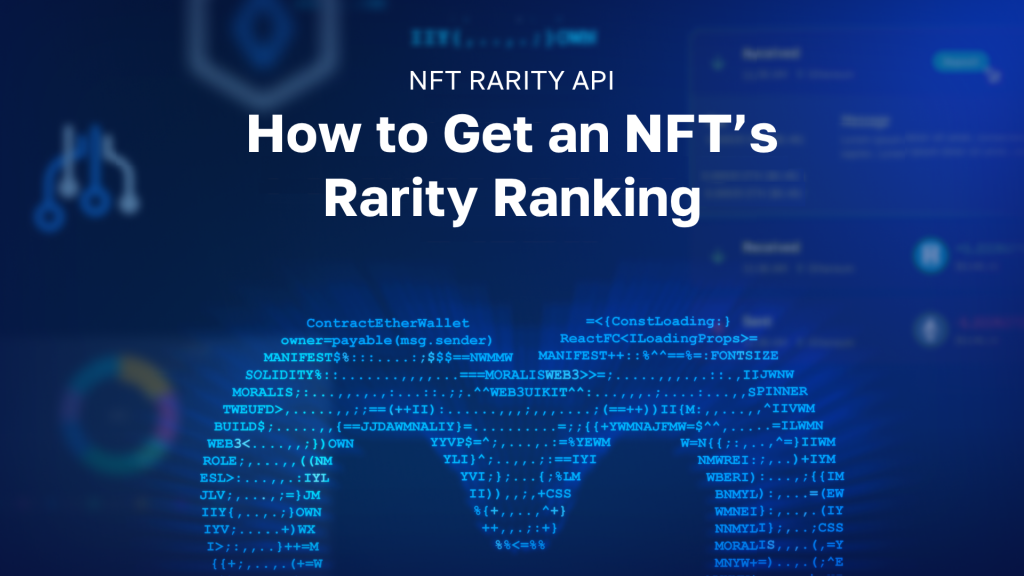Since 2021, the stars of China’s internet economy — including Alibaba, Tencent and Meituan — all entered a stagnant stage after a decade of phenomenal growth. In the decade before, we grew used to these giants expanding into new industries and making waves with their capital and technology advantages, but these days we hear more about them laying off employees and cutting non-profitable business units.
Meanwhile, the term Web 3.0 has been gaining traction and has already become the new catchphrase for the crypto movement. Web3 — the next generation of the internet disrupting the over-centralized Web 2.0 platforms — is a powerful narrative that is capturing the attention of Chinese internet entrepreneurs who are looking for the next big thing.
A16z, one of the most influential crypto VC funds, defines Web2 as social platforms like Facebook, Twitter and WeChat where we can only “read and write,” while Web3 is the blockchain-enabled internet that allows us “read, write and own” — meaning users can own the digital assets they create as well as part of the network infrastructure.
There are now more and more impactful investors and entrepreneurs from China’s Web2 industry venturing into Web3. They are veterans from the last wave of internet innovation who built fintech, e-commerce or social media applications for tens of millions of users.
Ironically, some new migrants who just moved out of the stymied Web2 businesses in 2021, were again caught in crypto’s bear market — which already has erased about a trillion dollars in market cap since the beginning of 2022. Will the bear market also end prematurely the migration from Web2 to Web3?
Having talked to many Chinese entrepreneurs in the past several months, my observation is that the Web3 movement is now forced into a sobering reset moment — which actually is a good time for Web2 entrepreneurs to enter the playing field and leverage their know-how to help accelerate Web3 applications toward mass adoption and real-world economic activities.
The Web2 to Web3 migration
From falling market cap to sizable layoffs, the optimism once surrounding China’s internet economy has been visibly diminishing over the past year. Chinese internet entrepreneurs have so much anxiety about the fluctuating government regulations and policies that the “code is law” philosophy held by the blockchain community seems particularly attractive to them.
As they feel that the social contract between government authorities and market players is often getting rewritten, the smart contracts on the blockchain seem transparent and more secure to them.
Chinese internet companies have to stay away from cryptocurrencies and decentralized finance (DeFi), which the government has outlawed. But they are actively exploring non-fungible tokens (NFTs), which look like a cultural and entertainment business that attracts less regulatory attention.
Bilibili, the video-driven social network, just launched its NFT series Cheers UP in late April and even added an NFT tab to its app (international version), which connects to users’ Metamask wallets. Even the food delivery platform ele.me has launched an NFT series focusing on Chinese heritage cuisine, with Cod Meat Ball as its first NFT.
Tencent has invested in the NFT platform Immutable X and TikTok collaborated with Immutable X to launch a NFT collection — Tiktok Top Moments.
The investment funds that backed the winners of China’s internet economy are now placing big bets on Web3. Neil Shen, known for being the founder of C-Trip and early investor of Meituan and Pinduoduo, led Sequoia China to invest in blockchain gaming behemoth Animoca Brands.
These are just some examples of publicized investments. There are many more individuals and family offices quietly backing Web3 startups behind the scenes.
Skepticism toward Web3
The narrative of Web3 indicates that it will bring an internet that serves the interests of users and builders better than Web2. VC investor and thought leader, Chris Dixon, wrote in a widely quoted Twitter thread: “Web 3 is the Internet owned by builders and users, orchestrated with tokens.” But the recent market turbulence exposed the gap between the narrative and the current reality, which made many Web2 entrepreneurs skeptical.
The Chinese Web2 entrepreneurs are well aware of the problems of over-centralization. The whole internet ecosystem in China is dominated by super apps such as Alipay, WeChat and Meituan, which mediate countless online activities and possess most of the user’s data. Meanwhile, user acquisition is one of the key business challenges for Chinese internet companies, which routinely burn billions of capital to acquire and retain users in the forms of advertising, giveaways and social marketing.
The concentration of data in the super apps and the skyrocketing cost of user acquisition have made it very difficult for new startups to emerge in the past several years and has also made the super apps into targets of anti-monopoly regulation. That is why many Web2 entrepreneurs are inspired by the idea of building upon a decentralized network and turning users into stakeholders.
However, the majority of the existing Web3 applications have not yet lived up to the vision of benefiting users at scale. Terraform Labs’ Luna, once one of the most influential crypto projects in Asia and claimed to create “decentralized money” for a “decentralized economy,” saw the value of its algorithm-driven stablecoin UST recently drop to zero over just three days. For many in the crypto community who criticize the Fed for printing U.S. dollars out of thin air, it is now hard to argue decentralized money is a better option.
Even blockchain games, which many hope would onboard consumers en masse into Web3, have not proven that people like them for reasons other than token incentives. While we heard quite a lot of news about virtual lands in the metaverse games Sandbox and Decentraland selling for millions of dollars, the daily active users of these two games are only around 1,000 as of this April — an embarrassingly low number compared to mainstream Web2 games.
When Web2 entrepreneurs, who are experts in identifying product-market fit, look at the current Web3 applications, they could easily conclude that the current killer application of Web3 is simply speculation.
Welcoming Web2 migrants
The recent collapse of many crypto assets exposed the risk of token-facilitated hyper-financialization. It also makes clear the necessity for Web3 applications to find use cases and solve problems in the real-world economy, which happens to be what Web2 entrepreneurs built their success on.
When the tokens were enjoying the incredible bull run between 2020 and 2021, we often saw Web3 advocates assuming with confidence that Web2 applications were just dinosaurs with no future. But thanks to this bear market, many of them should now recognize with humility that Web2 applications — like Paypal, YouTube and Tiktok — are still better at being widely used in current everyday life.
Despite some skepticism, for Web2 entrepreneurs, there is still no other vision as inspiring as this decentralized internet that aligns the interests of builders and users. For Chinese entrepreneurs in particular, the permissionless and global nature of Web3 also makes it a rare oasis free from the disturbance of geopolitics.
Chinese Web2 entrepreneurs have a good chance to play an important role in the next wave of Web3 innovation. The mass adoption of Web3 will not bypass the booming Asia market. Chinese entrepreneurs have the most experience in Asia when it comes to building internet products at scale, with killer applications that can compete with global giants. Some of the most promising use cases of crypto, such as digital wallets and virtual entertainment, are familiar territories for them.
The Web2 to Web3 migration also presents an important opportunity to the crypto-native teams. Web2 entrepreneurs and investors need partners to master the blockchain infrastructure, the complex tokenomics and the dynamic communities that operate under a DAO (decentralized autonomous organization).
Since 2021, we have already seen China’s crypto community migrating to Southeast Asia because of the crypto ban, and talents from traditional finance migrating to crypto finance in search of growth. The Web2 to Web3 migration is another important trend. The current bear market only makes it even more impactful, and it is bringing the capital and expertise on mass adoption that Asia’s Web3 movement needs for the next breakthrough.







